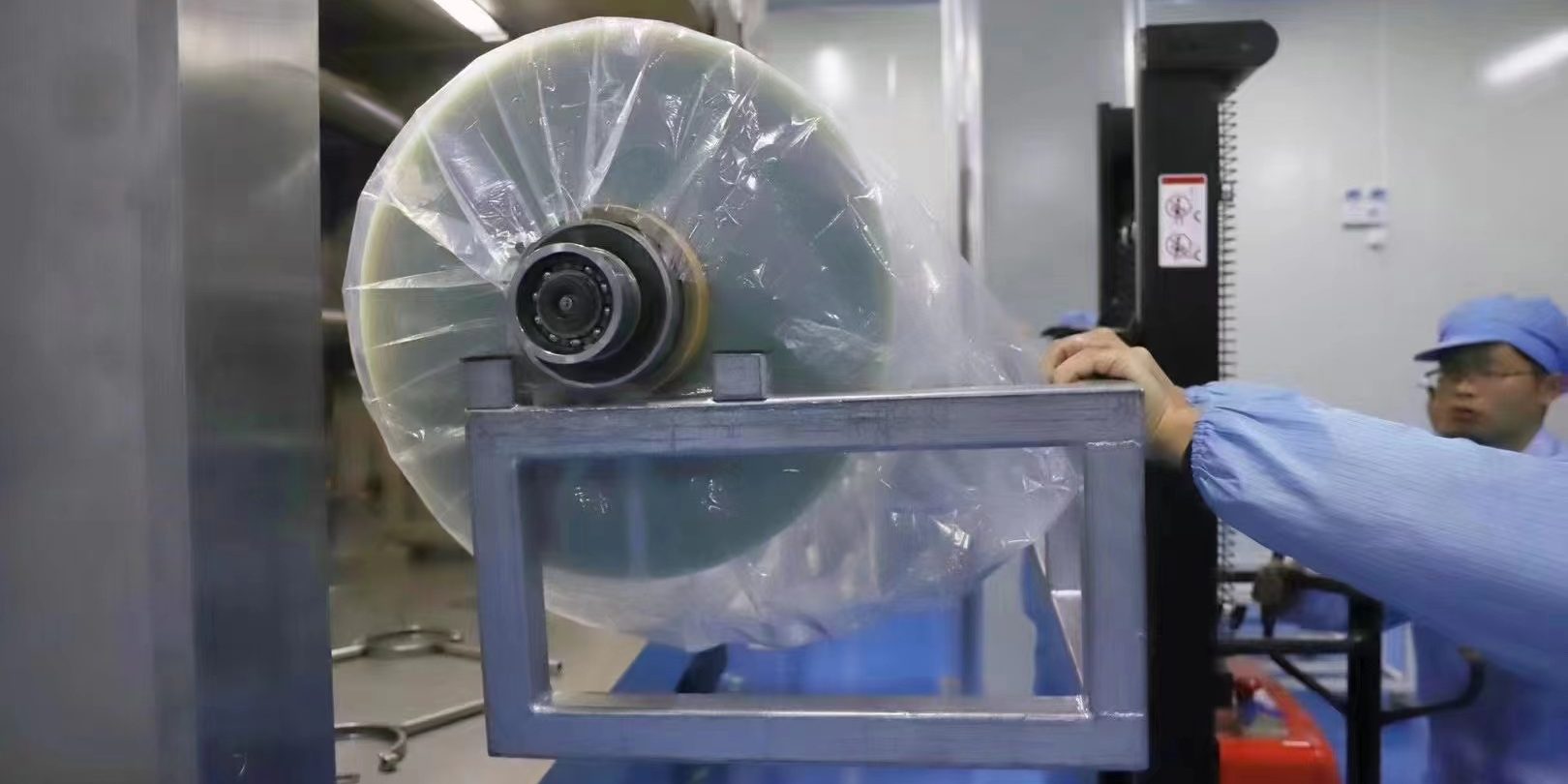Developing a smart PDLC (Polymer Dispersed Liquid Crystal) film business can be a lucrative venture, given the growing demand for smart glass solutions in architecture, automotive, healthcare, and consumer electronics.
Market Research and Analysis
Identify Target Markets:
Residential (e.g., smart homes, privacy windows).
Commercial (e.g., office partitions, conference rooms).
Healthcare (e.g., privacy screens, hospital windows).
Automotive (e.g., sunroofs, windows).
Retail (e.g., display windows, digital signage).
Analyze Competitors:
Study existing PDLC film manufacturers and suppliers.
Identify gaps in the market (e.g., pricing, quality, customization).
Understand Customer Needs:
Conduct surveys or interviews with potential customers (architects, contractors, homeowners).
Identify pain points (e.g., cost, installation complexity, durability).
Develop a Business Plan
Define Your Business Model:
Will you manufacture PDLC film, distribute it, or both?
Will you offer installation services or partner with contractors?
Set Goals and Objectives:
Short-term (e.g., establish a customer base in 6 months).
Long-term (e.g., expand to international markets in 3 years).
Financial Planning:
Estimate startup costs (e.g., equipment, raw materials, R&D).
Project revenue and profitability.
Secure funding (e.g., investors, loans, grants).
Product Development
Research and Development (R&D):
Develop high-quality PDLC film with competitive features (e.g., faster switching, better clarity, UV protection).
Focus on customization (e.g., different sizes, shapes, opacity levels).
Testing and Certification:
Ensure the product meets industry standards (e.g., safety, durability, energy efficiency).
Obtain necessary certifications (e.g., ISO, CE, RoHS).
Pilot Projects:
Partner with early adopters to test and refine your product.
Gather feedback and make improvements.
Build a Supply Chain
Source Raw Materials:
Partner with reliable suppliers for liquid crystals, polymers, and conductive coatings.
Manufacturing Setup:
Invest in production equipment (e.g., laminators, coating machines).
Set up a facility with quality control processes.
Logistics and Distribution:
Establish a network for shipping and delivery.
Partner with distributors or retailers if needed.
Marketing and Branding
Create a Strong Brand Identity:
Develop a logo, tagline, and brand story that resonates with your target audience.
Build a Professional Website:
Showcase your products, features, and applications.
Include case studies, testimonials, and a blog for SEO.
Digital Marketing:
Use social media (e.g., LinkedIn, Instagram) to reach architects, designers, and contractors.
Run targeted ads on Google and social platforms.
Create video content (e.g., product demos, installation guides).
Trade Shows and Exhibitions:
Participate in industry events to showcase your products and network with potential clients.
Partnerships:
Collaborate with architects, interior designers, and contractors to promote your product.
Sales Strategy
Direct Sales:
Build a sales team to approach potential clients (e.g., construction companies, automotive manufacturers).
Online Sales:
Sell through your website or e-commerce platforms.
Distributors and Resellers:
Partner with distributors to reach a wider audience.
Custom Solutions:
Offer tailored solutions for large projects (e.g., corporate offices, hotels).
Customer Support and After-Sales Service
Installation Support:
Provide training or guides for installers.
Offer installation services if feasible.
Warranty and Maintenance:
Offer warranties to build trust.
Provide maintenance services to ensure long-term customer satisfaction.
Feedback Loop:
Collect customer feedback to improve your product and services.
Expand and Innovate
Diversify Product Range:
Develop related products (e.g., SPD film, electrochromic glass).
Explore New Markets:
Expand to international markets with high demand for smart glass.
Invest in R&D:
Continuously improve your PDLC film (e.g., lower power consumption, better clarity).
Sustainability:
Develop eco-friendly PDLC films to appeal to environmentally conscious customers.
Financial Management
Monitor Cash Flow:
Keep track of expenses and revenue to ensure profitability.
Reinvest Profits:
Reinvest in R&D, marketing, and expansion.
Seek Funding:
Apply for grants or seek investors for scaling up.
Key Success Factors:
Quality: Offer a high-quality product that stands out in the market.
Customer Focus: Understand and address customer needs.
Innovation: Continuously improve your product and explore new applications.
Strong Partnerships: Collaborate with architects, designers, and contractors.
Effective Marketing: Build a strong brand and reach your target audience.






